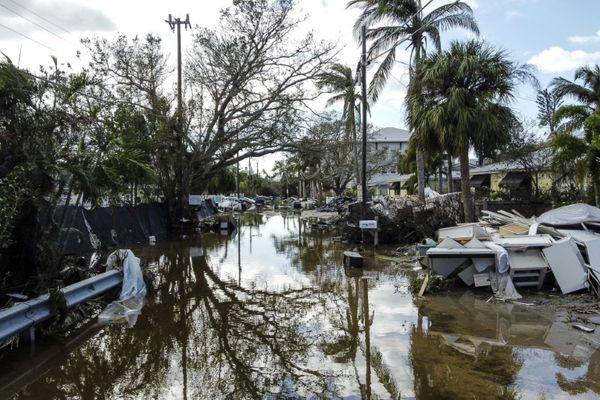
More than five years since COVID was declared a pandemic, we’re still facing the regular emergence of new variants of the virus, SARS-CoV-2.
The latest variant on the rise is LP.8.1. It’s increasing in Australia, making up close to one in five COVID cases in New South Wales. Elsewhere it’s become even more dominant, comprising at least three in five cases in the United Kingdom, for example.
So what is LP.8.1? And is it cause for concern? Let’s look at what we know so far.
An offshoot of Omicron
LP.8.1 was first detected in July 2024. It’s a descendant of Omicron, specifically of KP.1.1.3, which is descended from JN.1, a subvariant that caused large waves of COVID infections around the world in late 2023 and early 2024.
The World Health Organization (WHO) designated LP.8.1 as a variant under monitoring in January. This was in response to its significant growth globally, and reflects that it has genetic changes which may allow the virus to spread more easily and pose a greater risk to human health.
Specifically, LP.8.1 has mutations at six locations in its spike protein, the protein which allows SARS-CoV-2 to attach to our cells. One of these mutations, V445R, is thought to allow this variant to spread more easily relative to other circulating variants. V445R has been shown to increase binding to human lung cells in laboratory studies.

Notably, the symptoms of LP.8.1 don’t appear to be any more severe than other circulating strains. And the WHO has evaluated the additional public health risk LP.8.1 poses at a global level to be low. What’s more, LP.8.1 remains a variant under monitoring, rather than a variant of interest or a variant of concern.
In other words, these changes to the virus with LP.8.1 are small, and not likely to make a big difference to the trajectory of the pandemic.
That doesn’t mean cases won’t rise
COVID as a whole is still a major national and international health concern. So far this year there have been close to 45,000 new cases recorded in Australia, while around 260 people are currently in hospital with the virus.
Because many people are no longer testing or reporting their infections, the real number of cases is probably far higher.
In Australia, LP.8.1 has become the third most dominant strain in NSW (behind XEC and KP.3).
It has been growing over the past couple of months and this trend looks set to continue.
This is not to say it’s not growing similarly in other states and territories, however NSW Health publishes weekly respiratory surveillance with a breakdown of different COVID variants in the state.
Sequences of LP.8.1 in the GISAID database, used to track the prevalence of variants around the world, increased from around 3 per cent at the end of 2024 to 38 per cent of global sequences as of mid March.
In some countries it’s climbed particularly high. In the United States LP.8.1 is responsible for 55 per cent of cases. In the UK, where LP.8.1 is making up at least 60 per cent of cases, scientists fear it may be driving a new wave.
Will COVID vaccines work against LP.8.1?
Current COVID vaccines, including the most recently available JN.1 shots, are still expected to offer good protection against symptomatic and severe disease with LP.8.1.
Nonetheless, due to its designation as a variant under monitoring, WHO member countries will continue to study the behaviour of the LP.8.1 variant, including any potential capacity to evade our immunity.
While there’s no cause for panic due to LP.8.1 variant at this stage, COVID can still be a severe disease for some. Continued vigilance and vaccination, particularly for medically vulnerable groups, is essential in minimising the impact of the disease.
Thomas Jeffries is a Senior Lecturer in Microbiology at Western Sydney University.
This article is republished from The Conversation under a Creative Commons licence. Read the original article.
Stressed patients in this town are being prescribed free museum visits
‘I was eating 7,000 calories in one sitting – I had to delete the Deliveroo app’
Woman told she has just years to live after deadly disease mistaken for stress
Researchers have worked out why we feel FOMO – and it’s not what you think
How to talk to your children about Adolescence and the manosphere
Is it a cold or is it hay fever? The key differences explained







